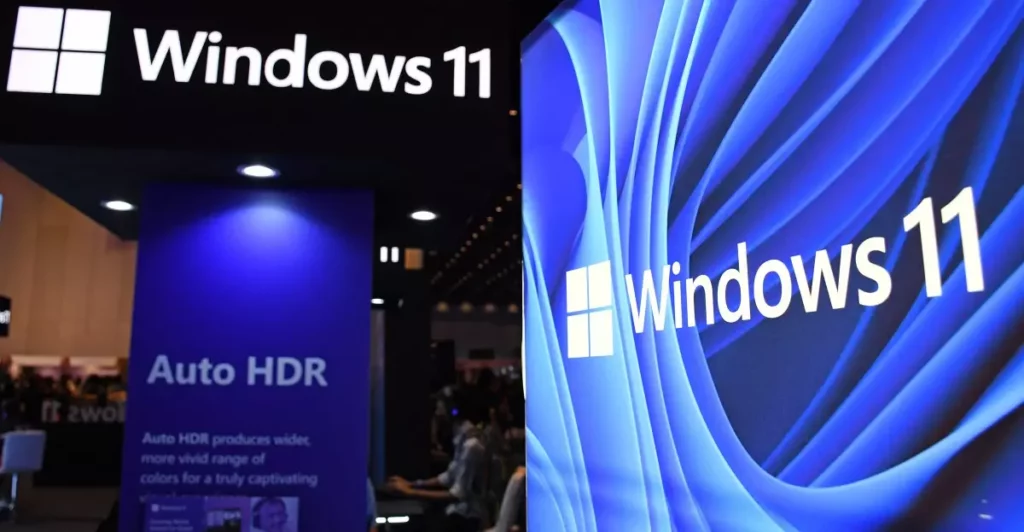Windows 11, once heralded as the future of PC operating systems, continues to grapple with a barrage of widespread issues that threaten its credibility. Despite Microsoft’s assurances of security and stability, recent updates have exposed glaring vulnerabilities, especially concerning SSD devices vital for both gaming and professional workflows. The latest revelations about update KB5063878 and KB5062660 have cast a shadow over Microsoft’s stewardship, exposing a core flaw: the inability to test and validate updates comprehensively before unleashing them on millions of users.
What seems to be a pattern of neglect is particularly troubling in light of the exploding importance of SSD performance. For high-stakes gamers and creatives who rely on swift data access, any instability compromises productivity and erodes trust. The fact that reports originally blamed Microsoft’s latest security updates for SSD failures was initially dismissed as typical tech hysteria; however, deeper investigations revealed an underlying issue rooted in firmware compatibility rather than Microsoft’s direct fault. The reality is stark: Microsoft’s patching process lacks nuance, potentially endangering hardware when updates are pushed without sufficient vetting. The result? A product that feels less like a reliable platform and more like a gamble.
Manufacturer’s Role and the Firmware Fallacy
As scrutiny increased, Phison, a key SSD controller manufacturer, stepped into the spotlight. Their defense centers on outdated firmware and BIOS versions—as if these are minor oversights rather than critical vulnerabilities. There is an inherent hubris in suggesting that hardware issues stem solely from user neglect, ignoring the broader systemic failure within both hardware manufacturing and software update protocols.
The reality is that a significant portion of the reported failures stem from early firmware versions—pre-release and engineering preview builds—that are not representative of consumer-grade hardware. These are essentially beta products, and expecting stable results from unreleased firmware is naive. This highlights a troubling disconnect: end users, trusting in the integrity of official updates, often don’t realize they’re running potentially unstable firmware versions. In an era where seamless performance is non-negotiable, the failure to ensure firmware stability before pushing updates is a warning sign of corporate complacency.
A Disjointed Ecosystem and the Need for Accountability
Microsoft’s response—claiming no connection between updates and hardware failures—feels dismissive and out of touch. This dismisses the countless anecdotal reports and independent tests which suggest otherwise. It reflects a troubling pattern where Microsoft attempts to deflect blame rather than address systemic flaws. Blame-shifting, especially in the tech industry, only undermines user confidence and prolongs the cycle of frustration.
Furthermore, the reliance on manufacturers to issue firmware updates as the main fix is suspect. It places undue responsibility on hardware vendors, who often prioritize cost and time-to-market over rigorous testing. This fragmented approach results in a disjointed ecosystem where updates intended for security and stability inadvertently become catalysts for widespread hardware failures. Without tighter integration and accountability, the cycle of problematic updates will continue, harming the productivity of users and tarnishing Windows’ reputation.
Why This Matters for the Center-Right Approaching Tech Policy
From a pragmatic, center-right perspective, this scenario underscores the importance of overhauling the way software updates are managed in large tech ecosystems. Governments and industry leaders should advocate for stricter standards—emphasizing transparency, rigorous testing, and accountability—over reactive patchwork fixes. It’s clear that Microsoft’s current approach is reactive at best, often prioritizing rapid deployment over product integrity.
The failure to ensure compatibility and hardware stability jeopardizes not just individual user data, but the broader confidence in Windows as a platform capable of supporting critical workloads. A conservative stance—one that fosters innovation through responsible stewardship—would push for more robust vetting processes, clearer communication about firmware states, and accountability from both software giants and hardware manufacturers.
These SSD failures reflect a larger truth: unchecked optimism about rapid updates and minimal oversight leads to systemic vulnerabilities. It’s time for a more sovereign approach—one that values reliability, safety, and genuine accountability over short-term fixes. Only then can Windows restore its reputation and reaffirm its place in a competitive, fast-evolving tech landscape.









Leave a Reply